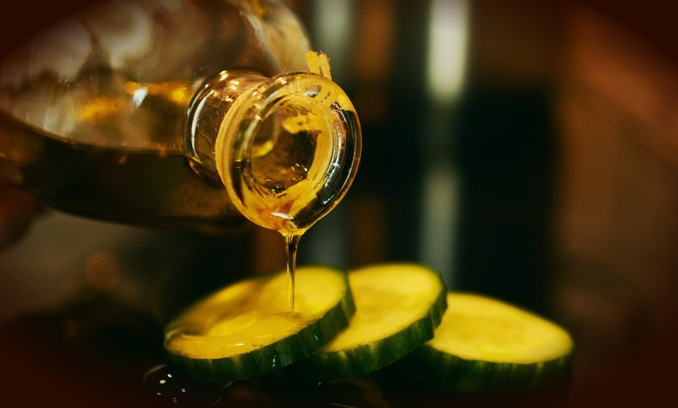According to the forecasts of the International Olive Oil Council (IOC), world production of olive oil will fall by 14% in 2016/17 agricultural year (lasting from October to September). At the same time, output can almost halve in Italy, in Greece it is expected to fall by 20%, in Tunisia - by 17%, in Spain - by 7%. The supply shortage and rising prices began to hamper the demand for olive oil in Europe, yet it still remains high in other countries. According to the IOC, the import of olive oil to Australia, Brazil and China continues to grow.
Unfavorable weather conditions are increasingly affecting the olive oil production in the Mediterranean countries. "Bad weather conditions have had a negative impact on production three times in the last five years", said Vito Martelli, a grain and oilseed markets analyst at Rabobank, one of the largest lenders of the agricultural complex.
The level of olive oil production remains higher than in 2012 or 2014, when the yield of olives was affected by drought in Spain and by pests in Italy. But because of frequent production cuts and low carry-over stocks, this market is increasingly prone to price fluctuations. The growth of wholesale prices exerts pressure on consumers' expenses. According to the IRI study group, retail prices for olive oil in Europe for 2014-2015 grew by an average of 26%. In 2017 a jump in wholesale prices has not yet affected the price tags of supermarkets, but after a while this is likely to happen. "In the coming months, the prices [for olive oil] in supermarkets in the UK and the US will be higher than 2-3 months ago", warned Karantonis.
The most significant increase in the price of olive oil is felt in the UK, where oil rose in price to a seven-year high.
"Olive oil is expensive and largely depends on the natural conditions", says British restaurateur Jamie Oliver, who closed six of his Italian restaurants in Britain after the fall of the pound sterling.
According to British research company Mintec, production of olives in the world will fall by 8% in this season. In Italy, where hot and humid weather has led to an increase in the number of olive flies, seasonal yields may drop by 50%. In Greece, the harvest can be reduced by one-fifth due to the hot spring of 2016. At the same time, there is a growing demand for olive oil in developing countries, for example in China.
source: ft.com
Unfavorable weather conditions are increasingly affecting the olive oil production in the Mediterranean countries. "Bad weather conditions have had a negative impact on production three times in the last five years", said Vito Martelli, a grain and oilseed markets analyst at Rabobank, one of the largest lenders of the agricultural complex.
The level of olive oil production remains higher than in 2012 or 2014, when the yield of olives was affected by drought in Spain and by pests in Italy. But because of frequent production cuts and low carry-over stocks, this market is increasingly prone to price fluctuations. The growth of wholesale prices exerts pressure on consumers' expenses. According to the IRI study group, retail prices for olive oil in Europe for 2014-2015 grew by an average of 26%. In 2017 a jump in wholesale prices has not yet affected the price tags of supermarkets, but after a while this is likely to happen. "In the coming months, the prices [for olive oil] in supermarkets in the UK and the US will be higher than 2-3 months ago", warned Karantonis.
The most significant increase in the price of olive oil is felt in the UK, where oil rose in price to a seven-year high.
"Olive oil is expensive and largely depends on the natural conditions", says British restaurateur Jamie Oliver, who closed six of his Italian restaurants in Britain after the fall of the pound sterling.
According to British research company Mintec, production of olives in the world will fall by 8% in this season. In Italy, where hot and humid weather has led to an increase in the number of olive flies, seasonal yields may drop by 50%. In Greece, the harvest can be reduced by one-fifth due to the hot spring of 2016. At the same time, there is a growing demand for olive oil in developing countries, for example in China.
source: ft.com



















